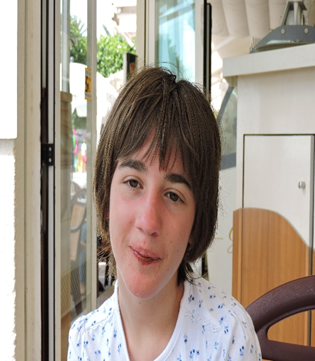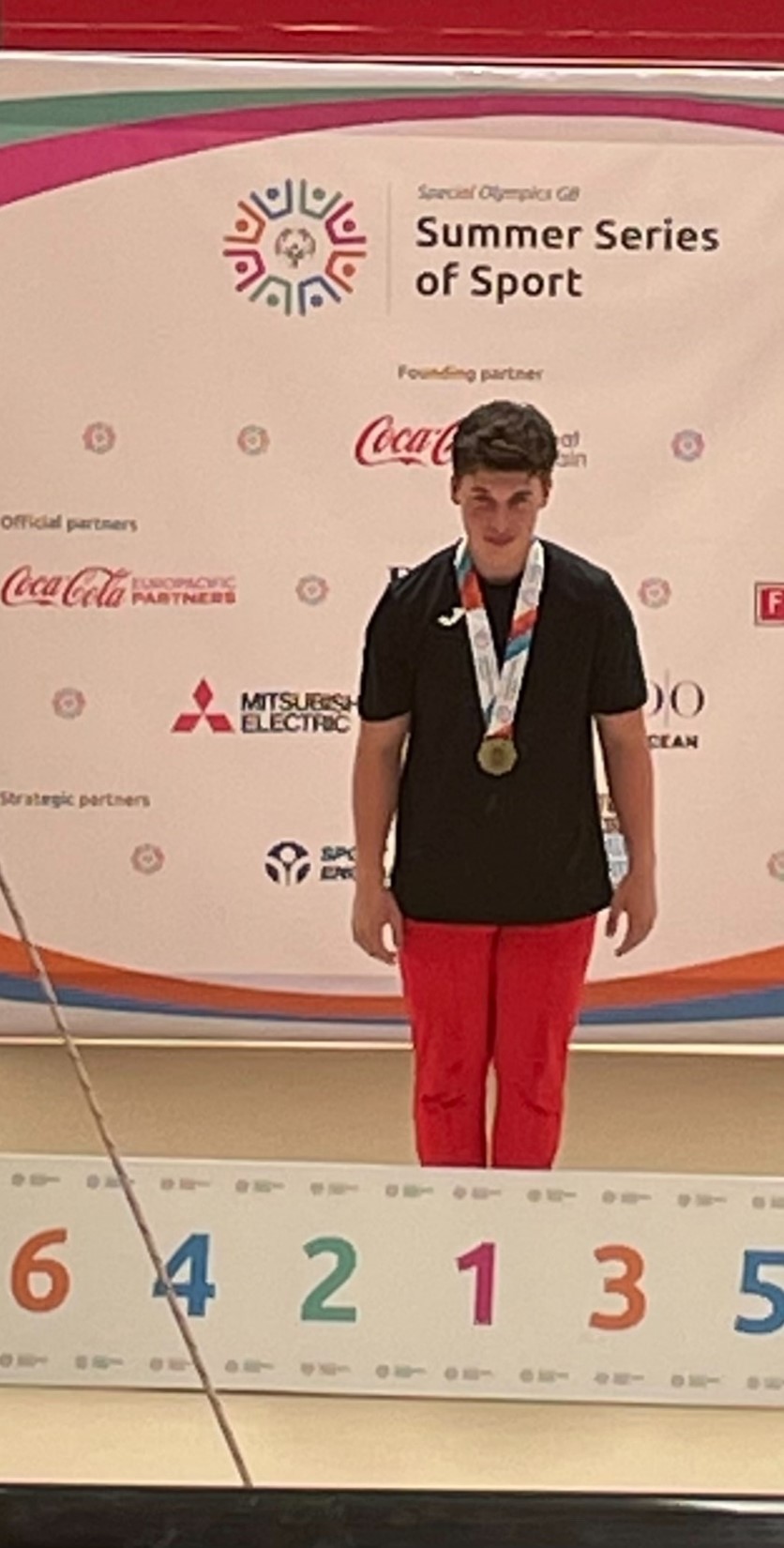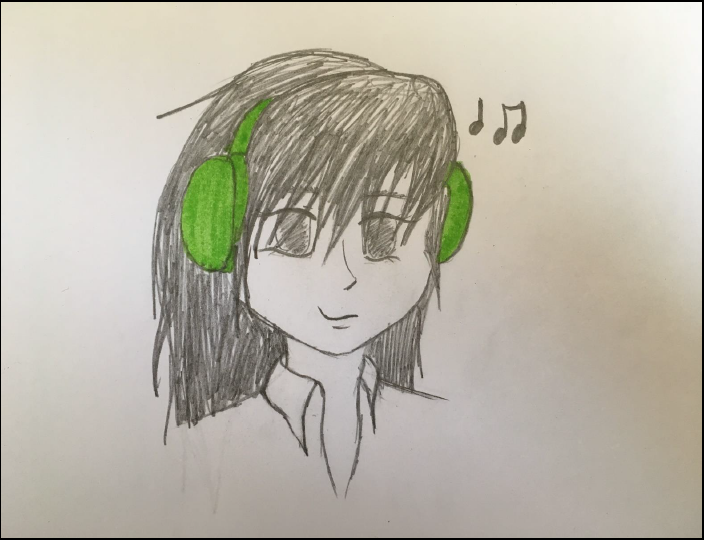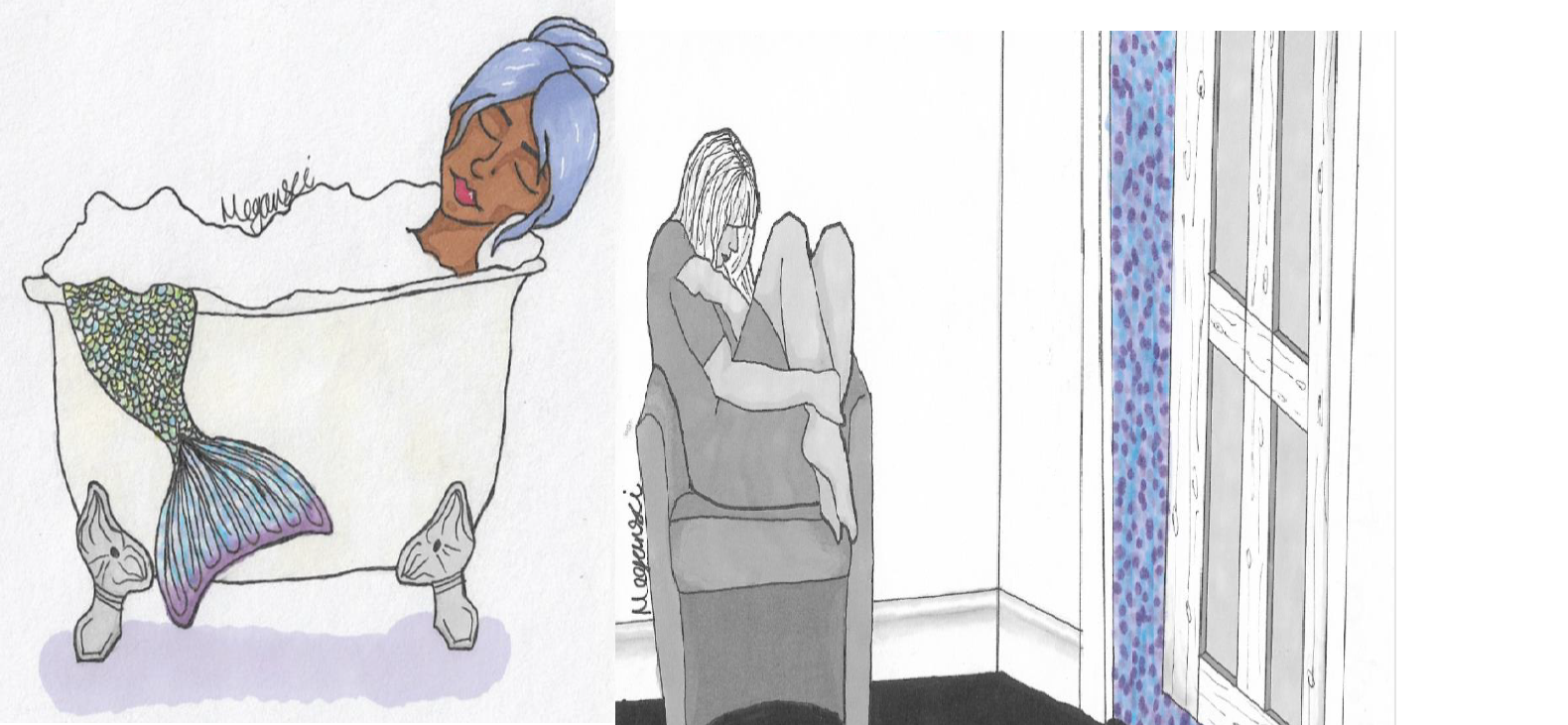The SEND Code of Practice 2015 says:
Children have a right:
to receive and impart information
to express an opinion and
to have that opinion taken into account in any matters affecting them from the early years (1.6)
Local authorities must ensure that children, young people and parents are provided with the information, advice and support necessary to enable them to participate in discussions and decisions about their support. (1.9)
And
Local authorities should consider whether some young people may require support in expressing their views (1.10)
Early years providers, schools and colleges should involve children and young people in any discussion about their needs or support and:
- help them to participate in discussions and share their views;
- take into account their views when planning and reviewing support;
- consider their goals and aspirations when agreeing desired outcomes
Discussions often centre around issues the adults around a child or young person consider are important for them. But we must also make sure we take into account what is important to them. This is sometimes called ‘Person-centred planning’.
Alternative ways for children and young people to share their views
For Children and young people with SEND who are finding it difficult to express their views, there are alternative methods to explore…

Open Jess’s ‘All about me’ (PDF)


‘Manga’ style drawing by a young person with autism to show what helps her to relax when she feels anxious.

Powerful drawings by Meg Auld, on the left showing what helps her relax, and on the right her fear of going outside.
Listen to this voice recording of a young person with Asperger’s talking about how helpful access arrangementswere: